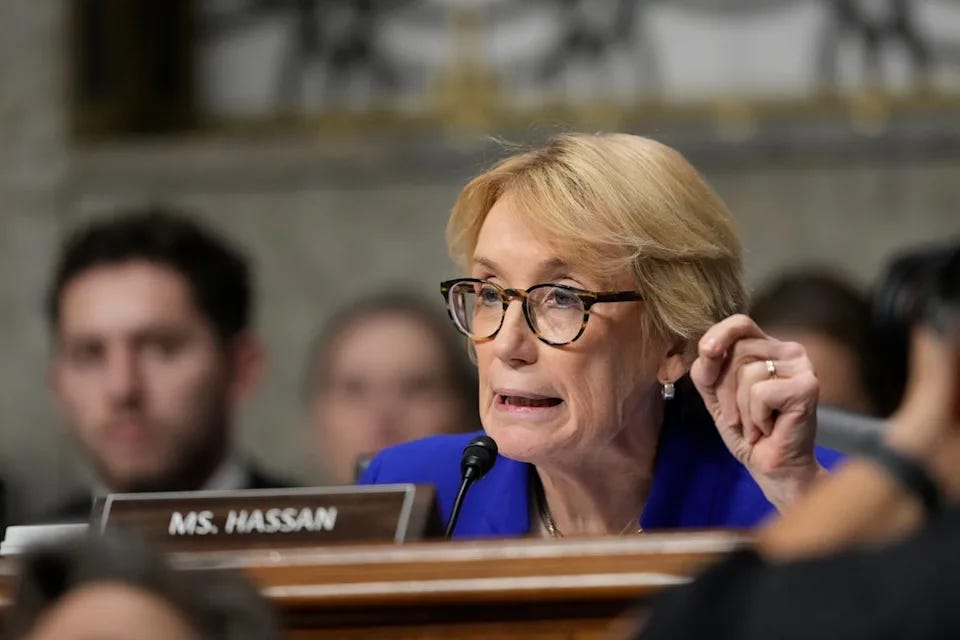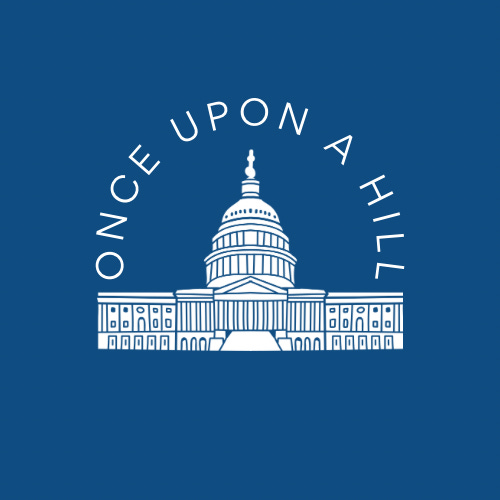EXCLUSIVE: Dems detail toll of Trump’s trade war in new report
A new JEC report warns Trump’s tariffs are weakening the job market and raising costs as families also face expiring ACA credits, higher utility bills and cuts to social programs.

When President Donald Trump was in England last week for his second official state visit, he made a claim that may come as news to Americans stateside.
“We’ve already solved inflation,” he told reporters at a joint press conference with Prime Minister Kier Starmer of the United Kingdom. “We solved prices. Oil is way down, energy is way down in the United States.”
He doubled down once he returned to Washington.
“This country is doing so well,” the president insisted. “We’re the hottest country anywhere in the world.”
But a new analysis from the Joint Economic Committee, shared first with Once Upon a Hill, tells a different story.
Job growth has cratered since his “Liberation Day” tariffs in April, middle-class industries lost 25,000 jobs in August alone, and continued unemployment claims have hovered above 1.9 million for months.
“President Trump’s reckless tariffs have upended the labor market and put the livelihoods of middle-class workers at risk,” Sen. Maggie Hassan (D-N.H.), the committee’s ranking member, said. “We should be working together to support job growth, lower costs, and create new economic opportunities for families. Instead, the president is injecting chaos into the economy and taking jobs away from middle-class families.”
While much of the public debate over tariffs has focused on their toll on goods-producing industries, the JEC analysis shows the pain has reached higher up the income ladder.
Scientific research and development services and computer systems design—two of the country’s best-paying sectors—also posted job losses in recent months. The declines suggest that the trade war is not confined to blue-collar industries like manufacturing and construction, but is beginning to ripple through knowledge-based and innovation-driven parts of the economy as well.
The report also highlights the squeeze on household budgets.
Between April and June, new parents paid 24 percent more for essential baby items, a spike the committee attributes directly to the tariffs. Those price increases illustrate how economic uncertainty and higher import costs translate into everyday hardship, forcing families to shoulder rising expenses at the same time they are confronting wage pressure, weaker job growth and mounting job insecurity.
However, in his telling, Trump unveiled his sweeping reciprocal tariffs to punish trading partners and restore American strength—even though the springtime announcement jolted financial markets and set off weeks of uncertainty for businesses dependent on global supply chains.
By mid-April, companies across industries were warning of higher input costs and slowing orders. May brought the first signs of fallout, with job creation plunging to its weakest monthly level in years. June registered outright job losses, and by summer, manufacturers, wholesalers and construction firms were openly blaming tariffs for layoffs and hiring freezes.
Economists noted that the very sectors Trump promised to revive were becoming the hardest hit, even as the White House doubled down on its tariff strategy as proof of toughness abroad.
As Americans brace for winter, other policy battles threaten to compound the squeeze on working- and middle-class families.
The GOP’s One Big Beautiful Bill Act has already triggered deep cuts across the social safety net, leaving households with fewer public resources just as prices remain elevated. The Affordable Care Act’s enhanced premium tax credits—a lifeline that kept health insurance affordable for millions—are set to expire, meaning coverage costs could rise steeply if Congress fails to act. Layered onto this is the prospect of higher electricity costs heading into colder months, with utilities warning of price hikes tied to energy market volatility and tariff-related pressures on fuel imports. Taken together, these developments sketch a worsening outlook for families already navigating a labor market hollowed out by tariffs.
The JEC’s findings land at a moment when the Trump administration is actively undermining public trust in the government’s own economic data.
President Trump recently fired the head of the Bureau of Labor Statistics, part of a broader effort to cast doubt on official jobs numbers that contradict his narrative of prosperity. The move has heightened concerns that independent agencies charged with measuring the economy are being sidelined just as families face mounting job losses, higher prices and deepening economic uncertainty.
At the same time, Trump has moved to consolidate control over the Federal Reserve.
He has sought to oust Chair Jerome Powell and Governor Lisa Cook, while pushing to replace them with political loyalists. The effort underscores how his second-term economic project extends beyond tariffs and spending fights into the institutions that set interest rates, guide monetary policy and are designed to be independent from partisan control.
It’s not just members of Congress warning about higher prices today. Economists say Trump’s attacks on independent institutions could erode America’s economic credibility for years to come.
“When other countries see investors moving away from their securities at moments of stress, people move towards the [American] dollar,” former vice chair of the Federal Reserve Lael Brainard said at a roundtable discussion with House Financial Services Democrats I attended last week. “And that’s a lot of money to give up because the president decides that he is going to attack the fundamental independence of the Federal Reserve, go after the rule of law more generally, really upend international agreements on tariffs, and undermine the potential gold-standard statistics that we’ve been relying on at our independent statistical agencies. All of those things over time could corrode that advantage that we have.”



